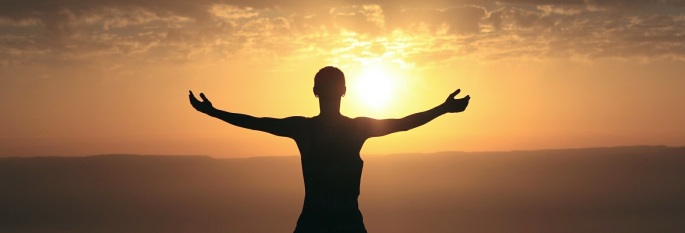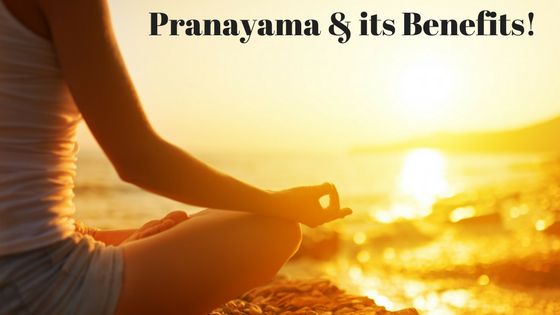A powerful spiritual and meditative pose which channels our life force, relaxes the mind and calms the brain. The regular practice of this pose will keep you rooted and feel more energetic. This pose symbolizes purity, beauty, majesty, grace, wealth, richness, knowledge, serenity, fertility, enlightenment, spirituality and cosmic renewal.
Padma-Lotus | Asana-Pose
This asana is pronounced as Pa-dah-maa-sun-aa, Sanskrit- पद्मासन. Padmasana posture resembles a lotus flower after you enter into this pose. In the Hindu scriptures, Goddess Lakshmi seats herself on an open lotus. Even other gods like Lord Ganesha and Lord Vishnu are shown seated on the lotus. The lotus is a sacred flower for Buddhists and one of the eight auspicious signs of Buddhism.
Benefits of Lotus Pose
- This pose helps to relieve stress, relaxes the mind and calms your brain.
- Helps to cure sciatica and menstrual discomfort.
- Improves your posture and restores vital energy.
- Leads to smooth labor during pregnancy if practiced regularly.
- Opens up the hips and activates the spine, abdomen, pelvis and the bladder.
- Stretches knees, ankles and makes them more flexible.
- Regular practice of this pose can awaken the chakras and raises the awareness.
Precautions
If you have any recent medical concerns, discuss with your doctor before practicing this yoga pose. Practitioners suffering from a knee or ankle injury should not practice this pose. It’s advisable to practice this pose under the guidance of a yoga teacher, especially if you are a beginner.
Steps to do a perfect Lotus Pose
- First, sit on a flat surface with your spine erect and legs stretched out.

Photo Credit: Yoga Divinity - Now, slowly and gently bend your right knee and place it on your left thigh by using your hands.
- Ensure that your soles must point upward and heels must be close to your abdomen.
- Repeat the same procedure with the left knee.
- Now, both your legs are crossed and your feet are placed on the opposite thighs. Place your hands on your knees with a mudra of your own choice.
- Ensure to keep your head straight and spine erect.
- Breathe deeply and hold this position for as long as you feel comfortable. You can also chant mantras during this pose.
- Now, release and repeat this pose with the other leg on top.
Variation

Once you mastered this pose, you can intensify by practicing Matsyasana from this asana. First, get into the Padmasana, hold your feet with your fingers, lift your chest and lean backward, such that your crown of your head touches the ground.
Tips
You must make sure to keep your stomach and bowels empty before you practice this pose. Ensure to have your meals at least four to five hours before you do the asana so that your food gets properly digested. This asana is a meditative pose, so it’s always advisable to practice this pose in the early morning. If you don’t find time during the morning, it can also be practiced during the evening time.
Mudras are practiced while sitting in Padmasana as described above in the procedure. There are different types of Mudras and each has various benefits. It activates the energy flow and helps to release your stress and keeps you calm. Some of the Mudras that work wonders with the Padmasana are Chin Mudra, Brahma Mudra, Chinmayi Mudra and Adi Mudra.
For a beginner, it might be difficult sit longer while placing knee of one leg onto the other legs thigh. You can practice Ardha-Padmasana (Half-Lotus Pose) by placing nay one leg on the opposite thigh. The regular practice of this pose can bring the bring the flexibility over time.
Now, don’t wait. Enjoy your yoga practice and have an awesome day! If you feel this article is helpful to you then share your experience with us by commenting below. We would be happy to hear from you!







 When I started doing yoga and meditation, I felt like my body is inflexible and I am not made for yoga. Forget about practising headstand, when I was thinking about it, I felt like falling again and again. But, over the years I realized that yoga is made for people who are inflexible. It’s not about whether you have a flexible or inflexible body, it’s all about the start we need to do. I always believe that yoga and meditation are not about moving your body parts but it’s all about knowing yourself and your body. It is the alignment of body, mind, and soul. Yoga helps to unite these three aspects of our life. It gives me the strength to rejuvenate and concentrate on my goals. Here are the 10 ways yoga changed my life and it could change yours also.
When I started doing yoga and meditation, I felt like my body is inflexible and I am not made for yoga. Forget about practising headstand, when I was thinking about it, I felt like falling again and again. But, over the years I realized that yoga is made for people who are inflexible. It’s not about whether you have a flexible or inflexible body, it’s all about the start we need to do. I always believe that yoga and meditation are not about moving your body parts but it’s all about knowing yourself and your body. It is the alignment of body, mind, and soul. Yoga helps to unite these three aspects of our life. It gives me the strength to rejuvenate and concentrate on my goals. Here are the 10 ways yoga changed my life and it could change yours also.






